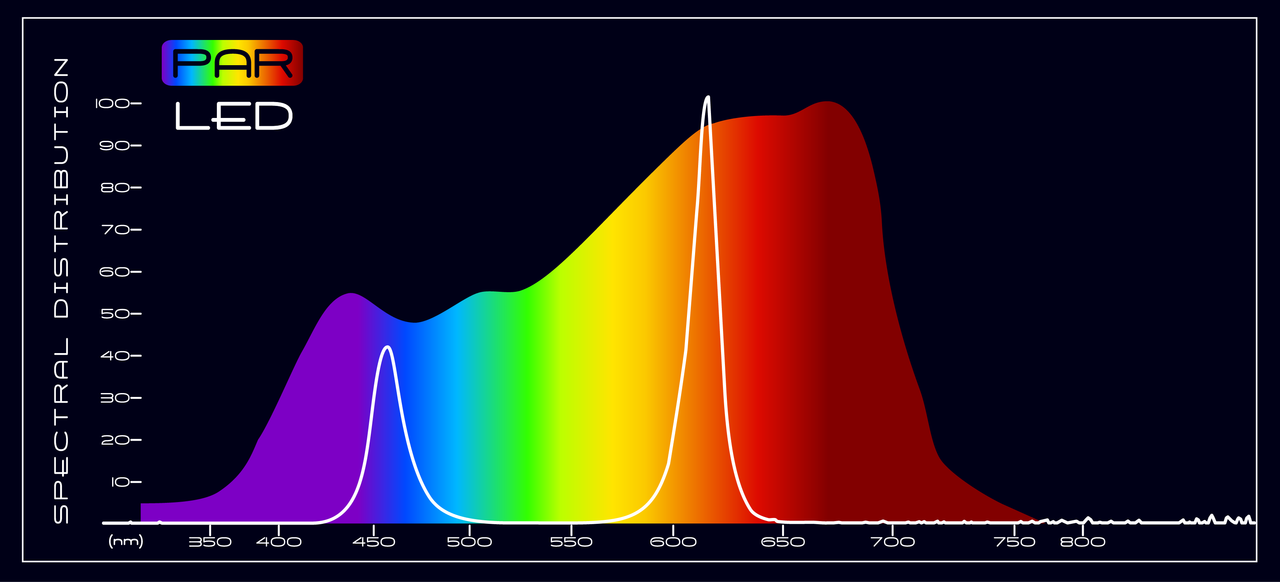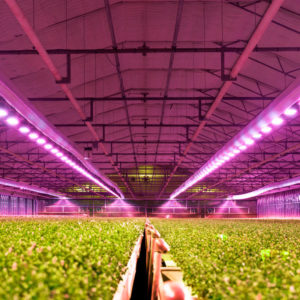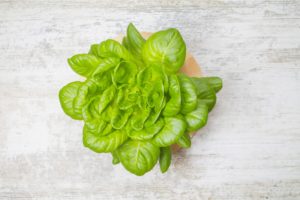Light Emitting Diode, or LED lights, are one of the newer forms of hydroponic lighting. While it wasn’t very effective for growing plants when it was first introduced, many advances in technology have made it a viable option. LED grow lights are more expensive than other types of hydroponic lights, but they last much longer than others do.
They produce a little heat, but not as much as other types of grow lights. Because of that, LED lights are ideal for small indoor spaces and cramped grow rooms where lights have to be placed fairly close to the plants. Another reason they’re a top choice for hydroponic grow lights is that you can deliver light on all parts of the full spectrum to your plants. RGB LED lights are available, although you can also use filters to avoid changing out lights when your plants enter different growth stages.
For most growers, a full spectrum light is the best choice, whether you’re just starting out or you’re an old pro.
Tip: If you’re switching to LED lights after using HID lights to grow, be careful of over watering. LEDs just don’t produce as much heat, which means plants don’t lose as much moisture. Take time to adjust your watering schedule and see how much water your plants actually take in.

Advantages of LED Grow Lights
- Lower heat produced than other bulbs
- Last for years
- Very energy efficient
- Easy to use in smaller areas
- Safe to place closer to plants
- Filters can be used to produce light throughout the full spectrum
Disadvantages of LED Grow Lights
- More expensive for initial set up
- May not provide enough heat for older plants
- Filters need to be changed for growth stages if an RGB light isn’t used



